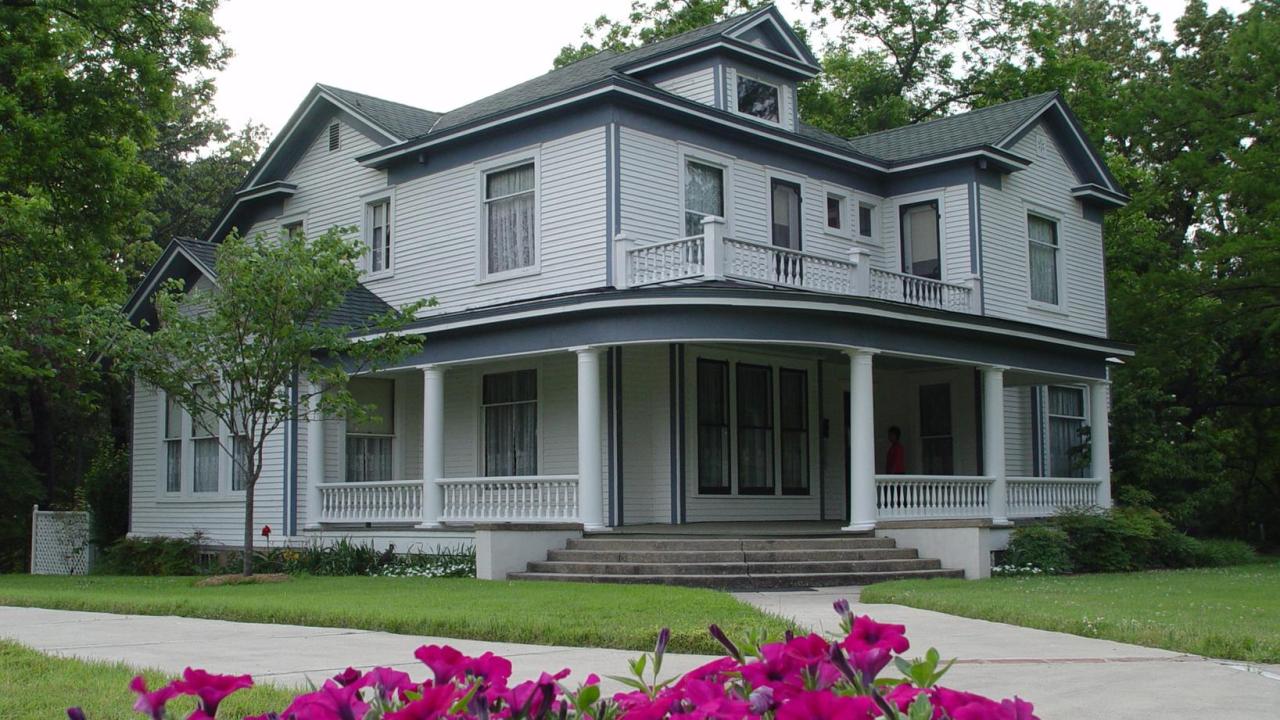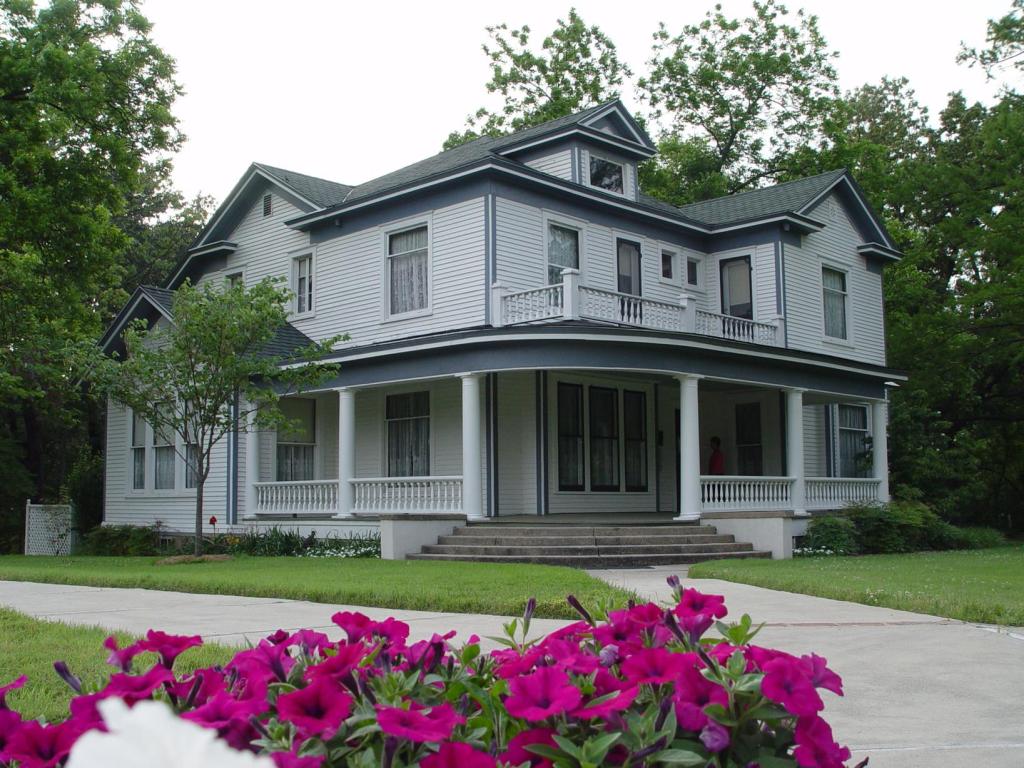
Earlier this year, we heard from the Imagine Children’s Museum, the Mob Museum, the Museum of Danish America, and the Nichols House Museum on what it means to achieve accreditation. In this edition, we hear from Dr. Adam Long, Director of the Hemingway-Pfeiffer Museum and Educational Center.

1. What does accreditation mean to you personally and/or to your museum?
We loved the way that the accreditation process let us learn from other museums and interact with other professionals in the field. Being in a small town, we don’t often get to interact with our peers. Through accreditation itself, and through the MAP program in preparation for accreditation, we were able to gather new ideas and make sure that our current practices were in line with industry standards.
2. Is there anything you wish you’d known before embarking on the process?
We felt like the AAM did an excellent job preparing us for the accreditation process. We certainly learned a lot from the process, but we had all the crucial information we needed to get started. The multi-tiered system certainly made it possible for a small museum like ours to participate.
3. Who was most important to include in the process?
Early in the accreditation process, we decided to re-constitute the museum’s Advisory Committee, which had until then been a largely honorary body. We recruited members from our various interest groups (volunteers, teachers, community leaders, etc.), asking them to be a working committee. They responded with more enthusiasm than we ever could have hoped for.
ABOUT THE Hemingway-Pfeiffer Museum and Educational Center
The Hemingway-Pfeiffer Museum and Educational Center opened in July 1999 in conjunction with the national celebration of Hemingway’s 100th birthday. The property, Arkansas State University’s first Heritage Site, was acquired in 1997 from Beatrice Janes. She and her husband, Tom, purchased the property in 1950, after the death of Mary Pfeiffer, and raised their family there. A-State restored the Pfeiffer-Janes House and the Hemingway Barn Studio to their 1930s appearance. Authenticity was achieved by researching surviving correspondence, photographs, laboratory analysis, and oral history interviews. A 1937 aerial photo of the project area was used to create the master site plan.








